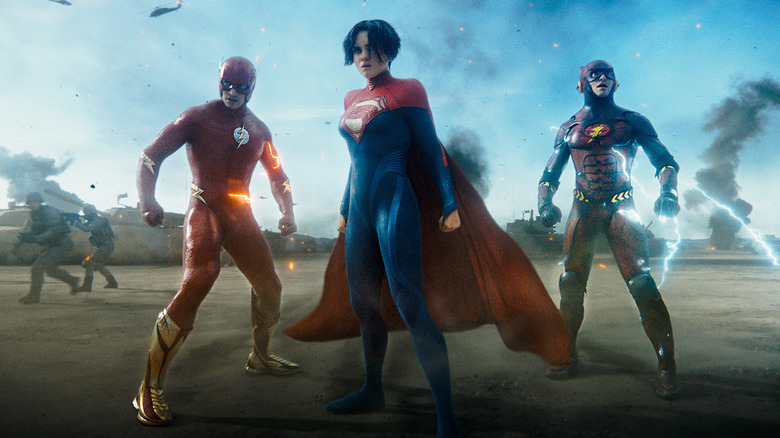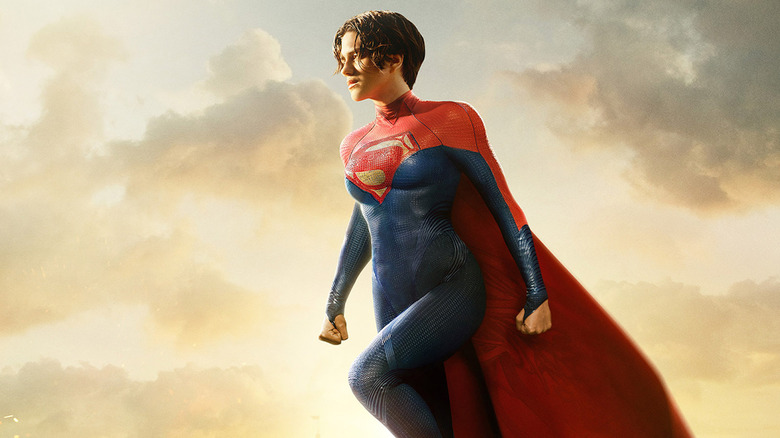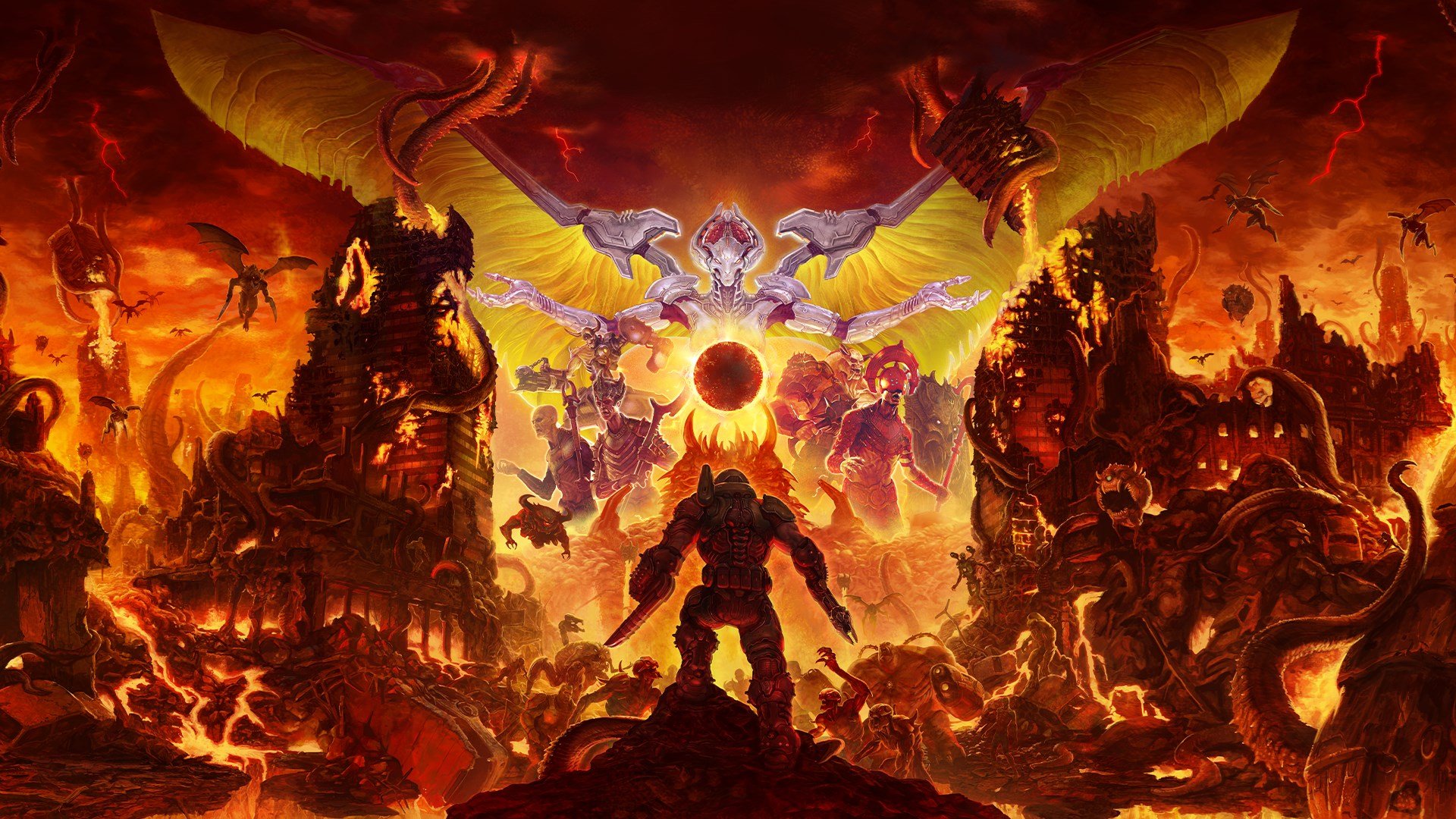
Time to raise some hell — in Hell
Though it was Wolfenstein 3D that kickstarted the FPS genre, it's Doom that everybody loves the most. Doom's contributions to the gaming world go well beyond it just being an amazing game. It popularized not only 3D in games but also the concepts of shareware and modding. Doom invited everyone to first experience it, then to do better. This approach paved the way for loads of original games and legitimate careers in the games industry. Taking a look back at the early days of Doom is taking a look at a much less cynical time in the history of the gaming industry.
But which game in the Doom series sits atop the throne as the best we've ever seen? It's hard to rank the games of a 30-year-spanning series without causing disagreements between the very different people from very different generations who have played the games. Worry not, though, as our ranking of the Doom games is 100% correct.
[caption id="attachment_260000" align="alignnone" width="1280"]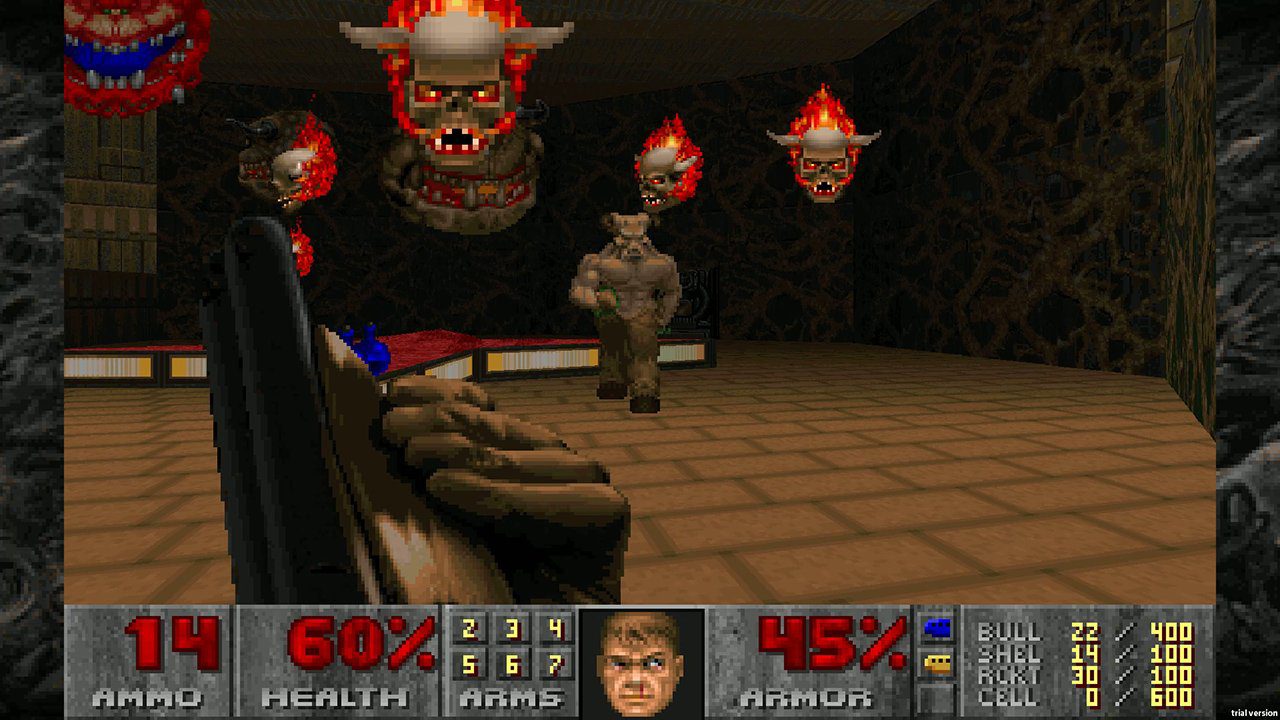 Screenshot by Destructoid[/caption]
Screenshot by Destructoid[/caption]
10. Doom (1993)
The game that started it all (if you forget Wolfenstein 3D). Despite the technical prowess behind it, Doom was simple and efficient. No big plot, just a bunch of beautiful levels where a man faces insurmountable odds while armed solely with an insurmountability-proof arsenal. On top of its single-player campaign, the original Doom also introduced the concept of Deathmatch, paving the way for online gaming.
Though not technically 3D, Doom deserves credit for one of the most important moments in gaming history, the eventual shifting of most of the industry away from 2D. Did we mention that it was and still is a lot of fun?
Please don't feel bad that we're putting it last. It's just a statement regarding the series' continuous evolution.
Strengths: Though severely dated, it's still one hell of a lot of fun.
Weaknesses: We wouldn't dare call anything here a weakness.
[caption id="attachment_238065" align="alignnone" width="1200"]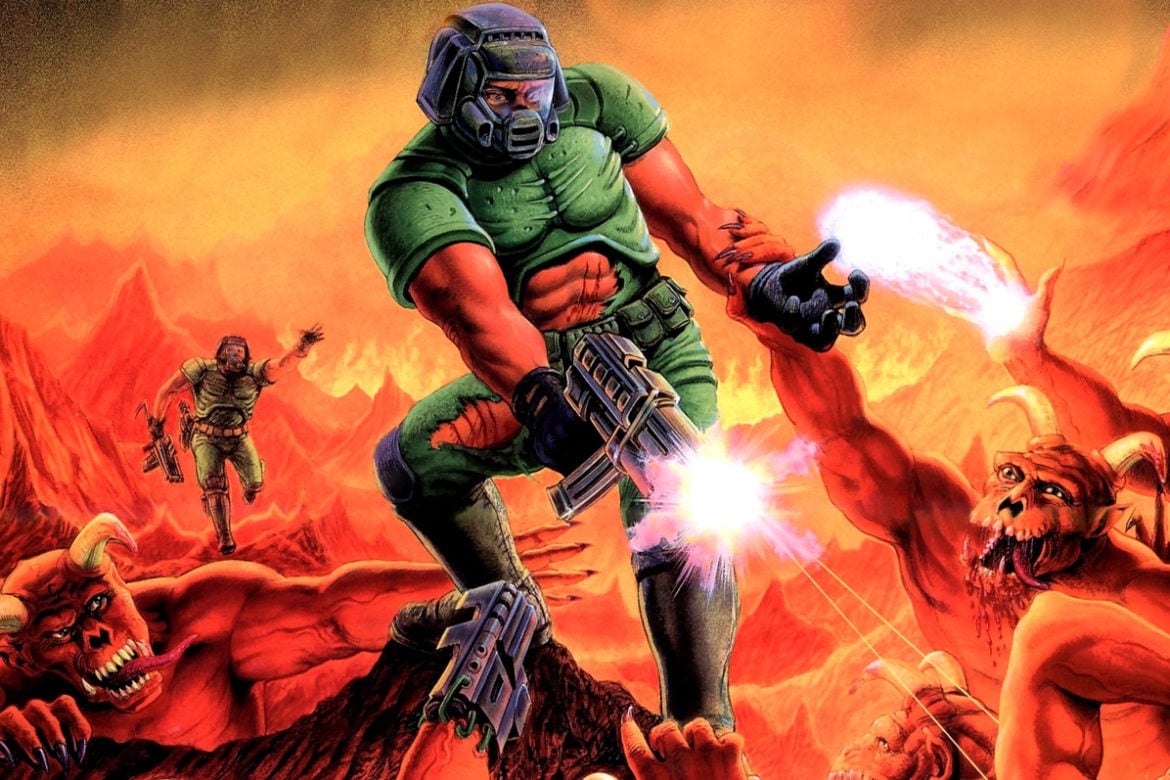 Image by Bethesda[/caption]
Image by Bethesda[/caption]
9. Doom II (1994)
We used to ask a lot less from sequels back in the day. The bad news about Doom II is that it's just the original game with new maps, more enemy variety, and one more gun. The good news is that having a new gun and more stuff to use it on is pretty great when the game in question is already Doom.
The even better news is that the new gun in question is the Super Shotgun, which remains one of the more satisfying weapons we can use to turn demons into soup.
Doom II didn't really revolutionize the world as the first one did. Still, we must ask, could we have handled yet another revolution of such magnitude by then?
Strengths: It has more cool stuff than the original.
Weaknesses: It's basically just Doom, but we're not complaining.
[caption id="attachment_383807" align="alignnone" width="1200"] Image by MobyGames[/caption]
Image by MobyGames[/caption]
8. Final Doom (1996)
Despite its confusing name, Final Doom isn't the definitive version of the original Doom. It's an expansion for Doom II that serves as the culmination of the classic Doom games and feels like a massive treat for the fans of the original two games.
Final Doom adds two new episodes that amount to 32 new levels. It's great, but remember, this isn't your classic stroll through Hell. Final Doom is for Doom veterans, so expect difficulty that comes not just from combat but also from more complex levels.
Strengths: Higher difficulty. This is the perfect culmination for lovers of the two original games.
Weaknesses: Don't play it if you think Doom II feels old—or difficult.
[caption id="attachment_243808" align="alignnone" width="1200"] Image by Romero Games[/caption]
Image by Romero Games[/caption]
7. Sigil (2019)
Sigil is an unofficial expansion containing nine new single-player levels and nine new multiplayer maps. It doesn't count as canon because it's not owned by Bethesda, but it was made by John Romero, the brain behind the original Doom levels, so it counts as canon in our hearts.
Sigil also introduces new weapons and a story with the guts to incorporate a Baphomet glitch into its plot. It's wild. Sigil doesn't revolutionize the Doom experience that we know and love, but its intricate level design highlights the experience John Romero has accumulated over the past 20 years.
Another really cool thing about Sigil is that you can either get it for free or in a luxuriously cool physical format.
Strengths: This is the original Doom II gameplay at its freshest. It's like an unreleased greatest hits album.
Weaknesses: More of the same.
Bonus: And if you're really into John Romero's work, you can buy his newest Doom II level, One Humanity. The money will go towards helping the people of Ukraine, the Red Cross, and the UN Central Emergency Response Fund.
[caption id="attachment_248700" align="alignnone" width="1200"] Screenshot by Destructoid[/caption]
Screenshot by Destructoid[/caption]
6. Doom 64 (1997/2020)
Those who made the strange jump from the PC to the Nintendo 64 back in 1997 found in Doom 64 the graphical improvements that Doom II lacked.
Despite not being an id Software product, Doom 64 is a more than worthy successor to Doom II, a completely new game with a fresh campaign filled with amazing new levels. Anyone interested in this peculiar title will probably enjoy learning that we can finally experience it on PC, PS5, Xbox Series X|S, and Nintendo Switch if you want to be kind of a purist.
And if learning about the re-release gets you excited, we have even better news. Players who beat the campaign will gain access to something called "Lost Levels," an awesome new campaign hidden behind the old one. The new campaign rocks on its own but earns extra points by connecting the events of the older Doom games to the reboot from 2016.
Weirdly enough, though, Doom 64 doesn't feature any multiplayer options.
Strengths: Provides the graphical evolution that Doom II didn't.
Weaknesses: It's hard to forgive a Nintendo 64 game that doesn't feature local multiplayer.
[caption id="attachment_253197" align="alignnone" width="1200"]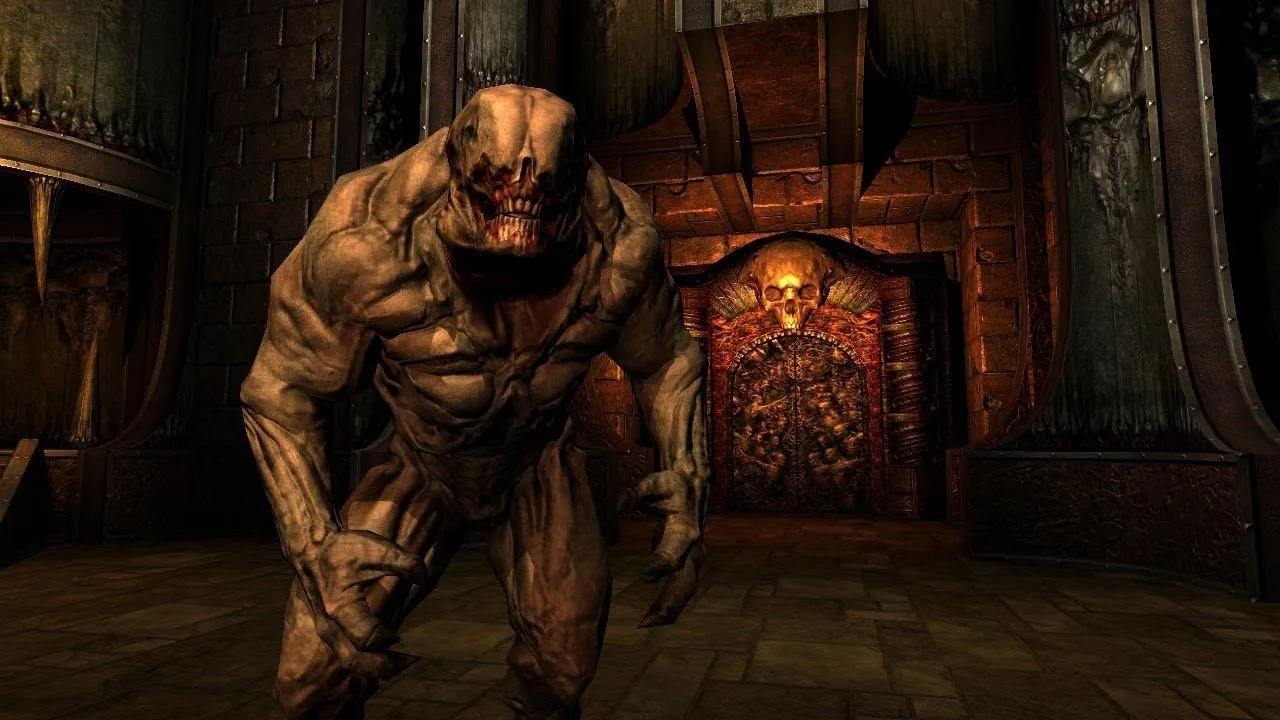 Image by Bethesda[/caption]
Image by Bethesda[/caption]
5. Doom 3 (2004)
This is easily the most divisive entry in the series, and we understand.
On the one hand, it looked better than everything else on the market when it came out. Yes, younger readers, Doom 3 once blew us away with those weird, oily, and rubbery looks. On the other hand, the once-masterful graphical improvements didn't bring along an equally daunting gameplay upgrade. Doom 3's campaign feels dated when compared to even that of the original Half-Life. It's no wonder it didn't fare too well against Half-Life 2.
Still, we get the sense that Doom 3 gave us exactly what the developers wanted to create, and that was a slower and more intimate descent into Hell. Most don't give it enough credit in that regard, but Doom 3 not only mastered dark and creepy sci-fi environments. It also mastered the art of jump scares. Nobody ever puts Doom 3 in a "best of" horror games list, but it packed some serious scares back in the day—and it still does.
Strengths: It features beautiful environments and interesting reimaginings of classic enemies, and it gets scary as hell.
Weaknesses: Weirdly simplistic gameplay for something that looked so far ahead of its time.
[caption id="attachment_383811" align="alignnone" width="1200"] Image by MobyGames[/caption]
Image by MobyGames[/caption]
4. Doom 3: Resurrection Of Evil
Doom 3's sole expansion successfully dealt with some of the main game's weakest aspects. Resurrection Of Evil added a few new weapons and special abilities that spiced up the otherwise conservative original.
The most interesting addition is the grabber, a weapon that allows players to levitate and throw objects at enemies—or to simply fling their projectiles back at them. Sadly for fans of the evolving FPS genre at the time, however, all the cool new additions serve only combat purposes and don't really take the gameplay in any really imaginative direction.
More cynical minds could accuse Resurrection Of Evil of being no more than an attempt to cash in on the popularity of the gravity gun, but it's more than that. Resurrection Of Evil offers neat gameplay improvements that result in a nice mini-campaign. Also, ROE had to exist because it provides the closure to the story that Doom 3 lacked.
Strengths: Shows more of Doom 3's beautiful hell realm. A new weapon that allows players to control physics.
Weaknesses: It's very short. Resurrection Of Evil's use of physics pales in comparison to what Valve had achieved with Half-Life 2's gravity gun.
https://www.youtube.com/watch?v=iPyq0jFgVjI
3. Brutal Doom (2010)
Disclaimer: We know Brutal Doom isn't an official entry in the series. We also know we would be doing such a mod-friendly series a disservice if we were to ignore its greatest mod. Putting the word Brutal in front of Doom might seem unnecessary, but this mod by Marcos "Sargeant Mark IV" Abenante isn't kidding around.
Brutal Doom doesn't just greatly increase the amount of blood and guts seen in the original Doom. It modernizes its entire gunplay without messing up its beautiful surface. It also adds melee combat, glory-kill animations, stealth elements, and headshots. Don't think this will be a walk in the park, though, as Brutal Doom also makes enemies much faster and more capable.
Strengths: It brings the gameplay of the original Doom to new heights—and speeds.
Weaknesses: It mostly looks like the old Doom if you count that as a problem.
[caption id="attachment_205367" align="alignnone" width="1200"]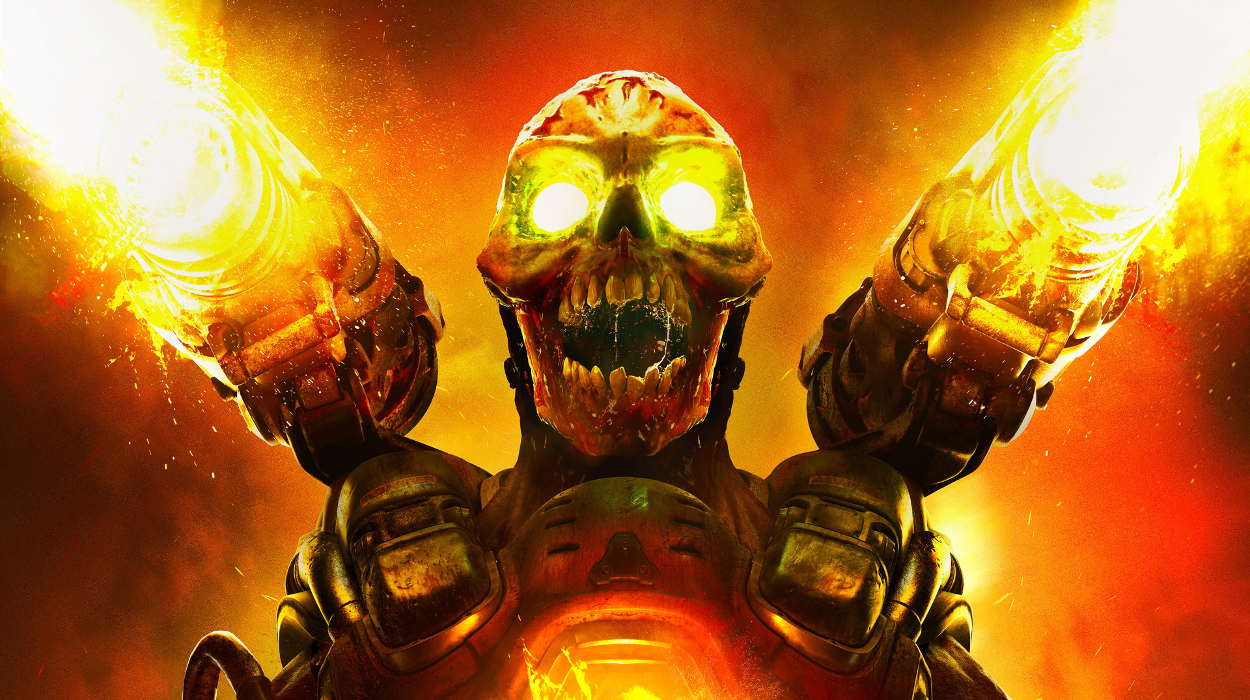 Image by Bethesda[/caption]
Image by Bethesda[/caption]
2. Doom (2016)
Though Doom 3 hit many of the right beats, it failed to reach the series' full potential in the eyes of fans. The Doom reboot had a long and arduous development cycle, one that nearly ended with it becoming a Call Of Duty clone. Luckily, cooler heads prevailed, and we ended up getting one of the best reboots of all time.
The reboot did away with the slow pace of Doom 3, and with that alone, created a completely new thing. Doom was no longer about scaring the player. It was now about the player making Hell itself feel afraid. How did the devs do that? By empowering the Doom Slayer in all sorts of marvelous ways and thus turning the new Doom into one of the most fast-paced and brutal shooters ever made.
Strengths: Doom redesigned as a series of ever-harder arenas was an ace move. Aside from the pistol, all the weapons are extremely fun to use. The game looks gorgeous and runs very well on weaker hardware.
Weaknesses: The first level of the game only gives players access to the basic pistol. That doesn't do a great job of enticing players for what is to come. We forgive the devs, though, because they give us a Shotgun right at the start of...
[caption id="attachment_258088" align="alignnone" width="1920"]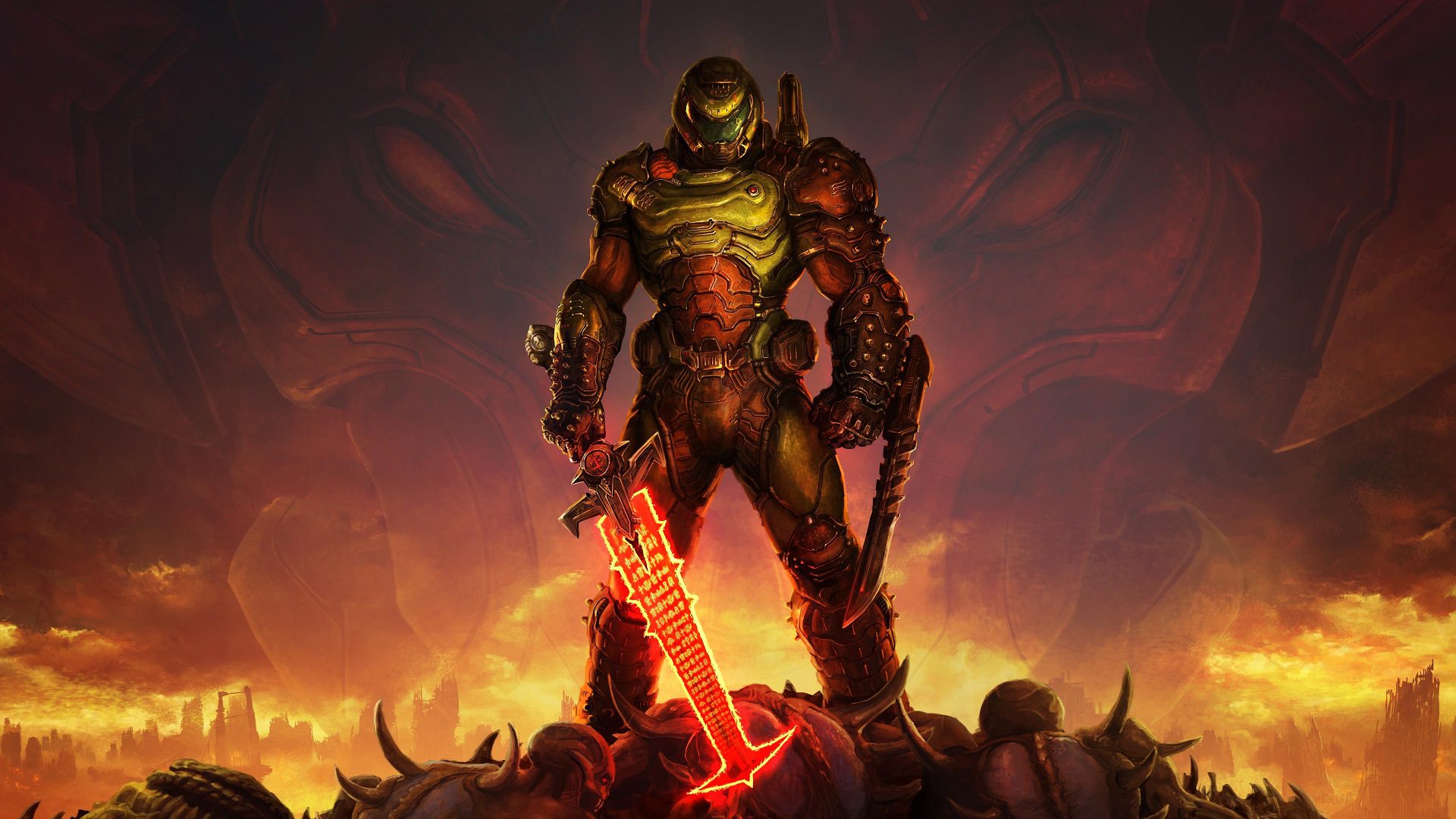 Image by Bethesda[/caption]
Image by Bethesda[/caption]
1. Doom Eternal (2020)
We're not going to hold it against anyone who puts the Doom reboot above Doom Eternal. It comes down to a matter of preference. Gameplay or plot? The reboot features a better plot in the sense the developers understood nobody cares about the plot in these games, so there mostly isn't one. In the reboot, the Doom Slayer actively disregards learning about important story elements, whereas Doom Eternal makes him fully invested in what's happening, down to giving him a backstory. We're not thrilled about that, especially after Doom nailed the character so well.
And yet, like overly nice parents who encourage their kids with treats whenever they want them to study, the developers got our backs. Though they invited us to sit through a bland story, they made up with all kinds of excellent gameplay additions. We got a hook, a shoulder cannon, a dash, an insta-kill sword, and a new replenishment system that made the game more hectic than ever before.
Also, who could forget the Marauder, an enemy in a Doom game that requires players to think? The Marauder rocks, not just because it's the most interesting enemy in the history of Doom but because it might pave the way for sequels filled with way more challenging enemies. Doom might never beat the Half-Life series in terms of level design or puzzle ingenuity, but it could further surpass its rivals in its approach to combat.
And maybe, just maybe, the uninteresting plot isn't the terrible feature we think it is. Maybe it's just the developers' way to make us skip it—just like the real Doom Slayer would.
Strengths: The most refined and hectic gameplay in the entire series. The most fun arsenal and the best enemies to use it on. One of the enemies, the Marauder, provides the most fun challenge we've ever seen in the series. Absolutely glorious soundtrack.
Weaknesses: One of the few instances in which a bigger emphasis on plot and backstory doesn't pay off. A sad mistake after they aced the approach to the plot in Doom (2016).
The post Best Doom games, ranked appeared first on Destructoid.





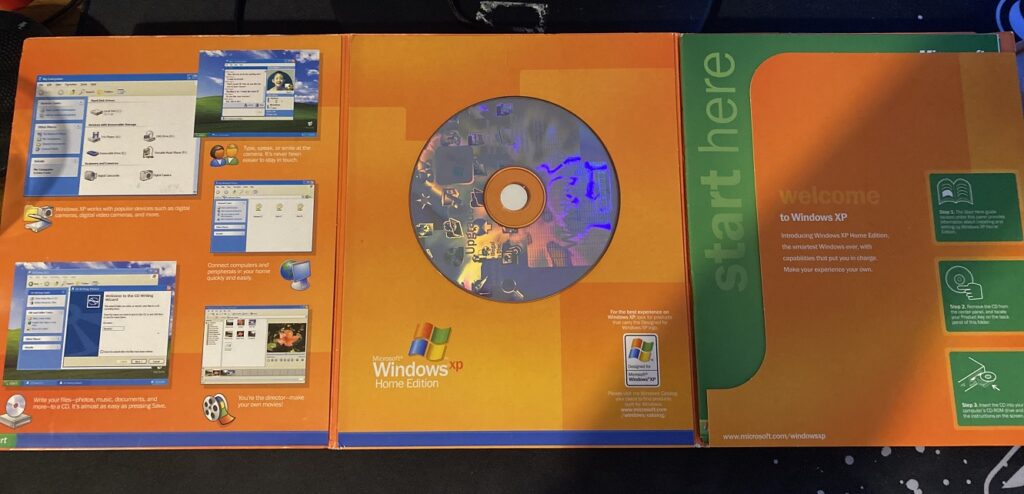

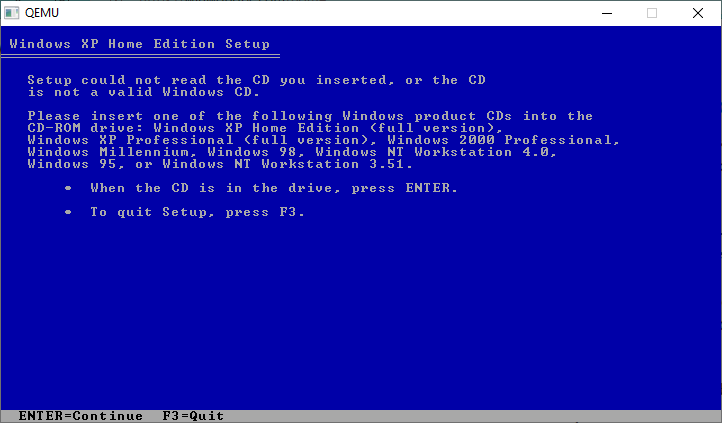
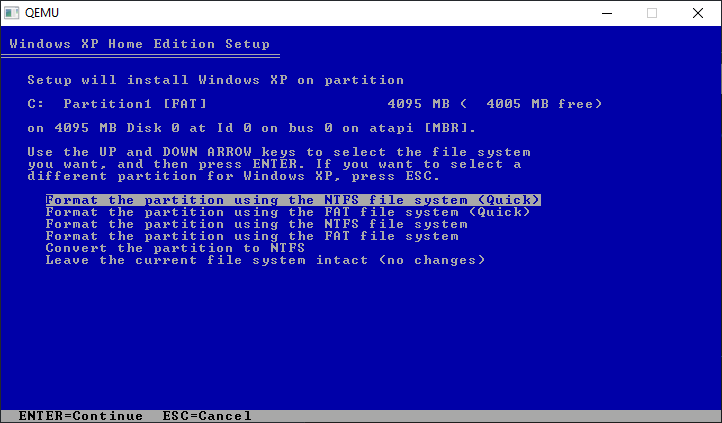
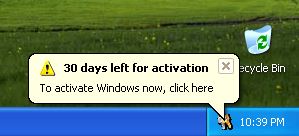
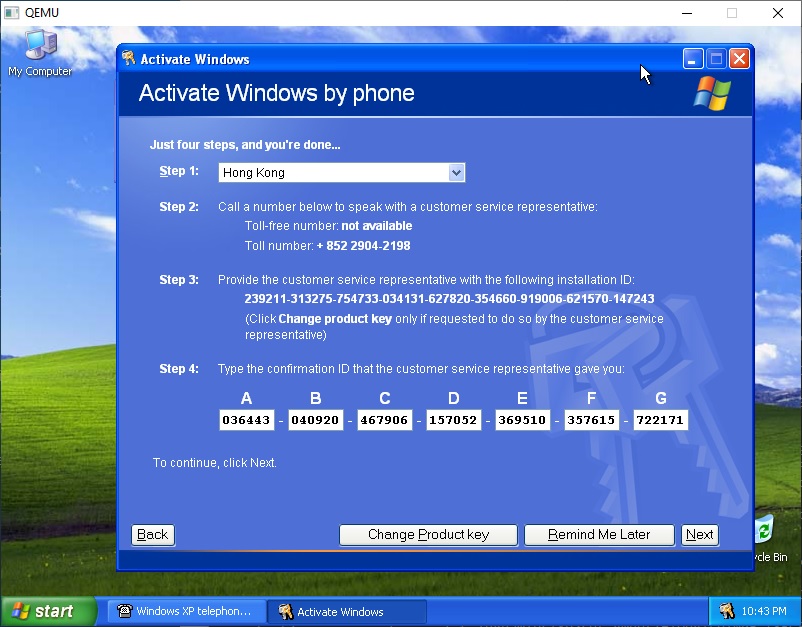
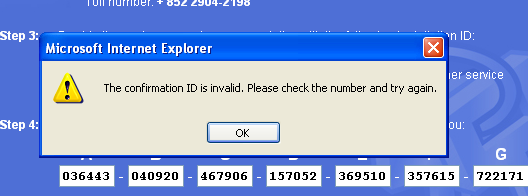
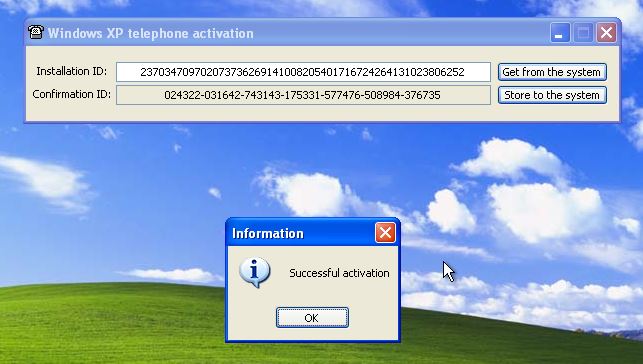
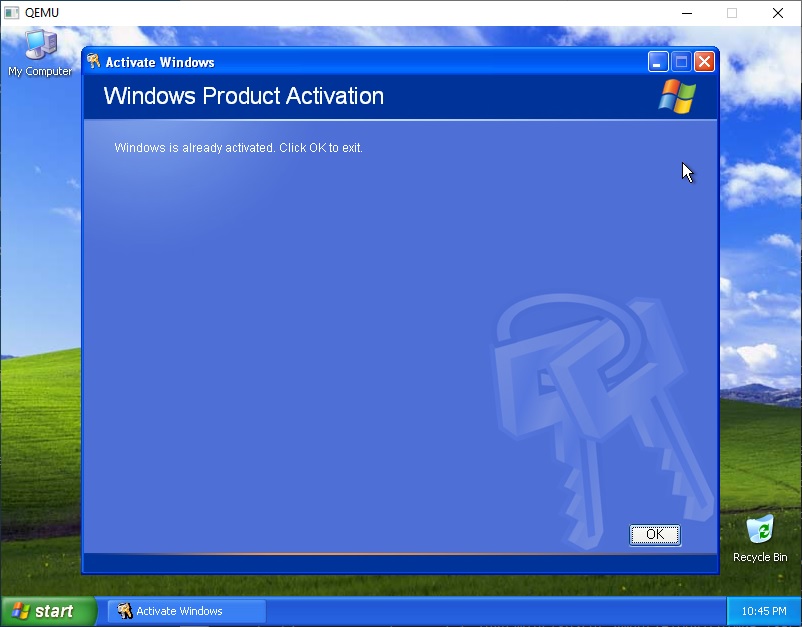
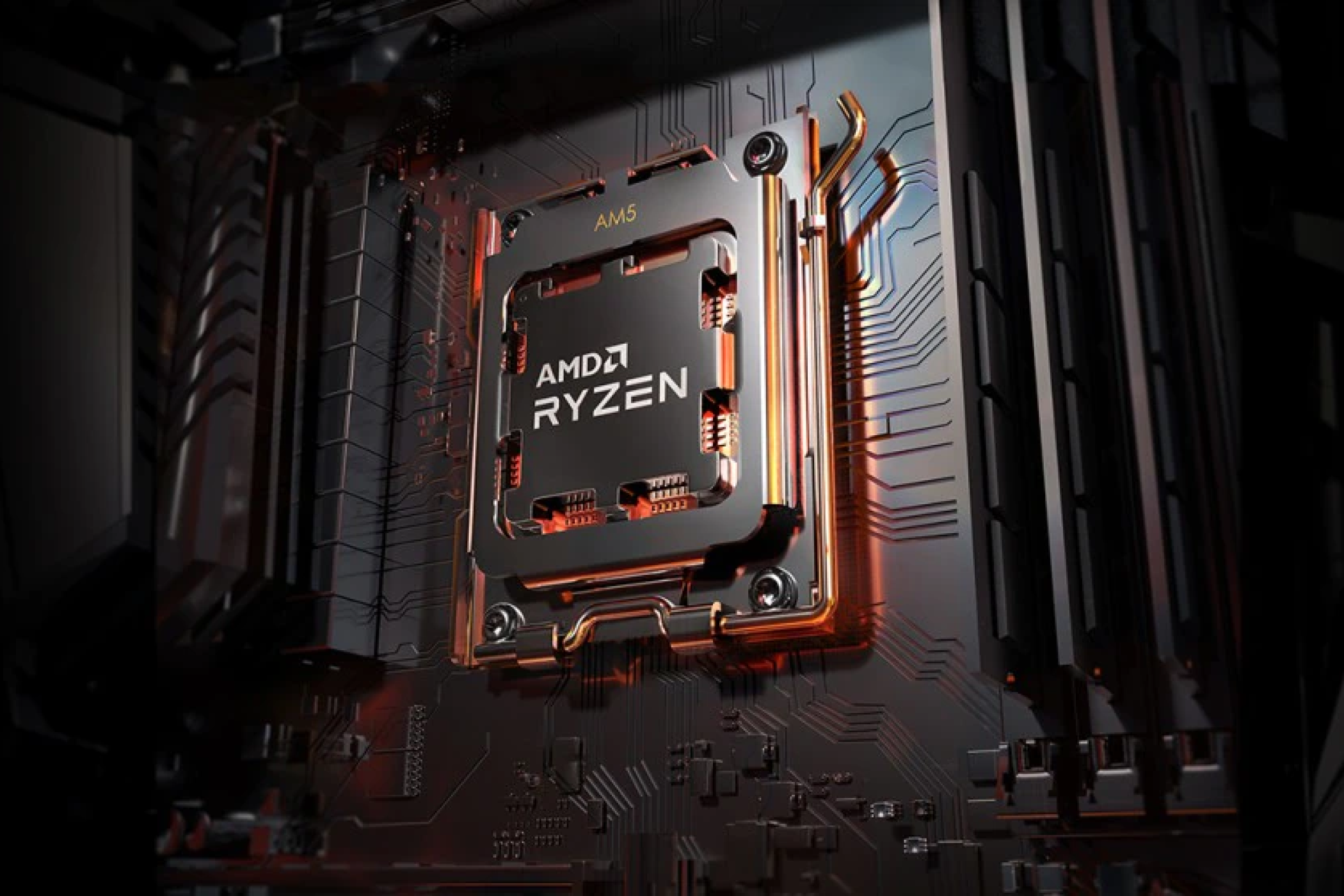
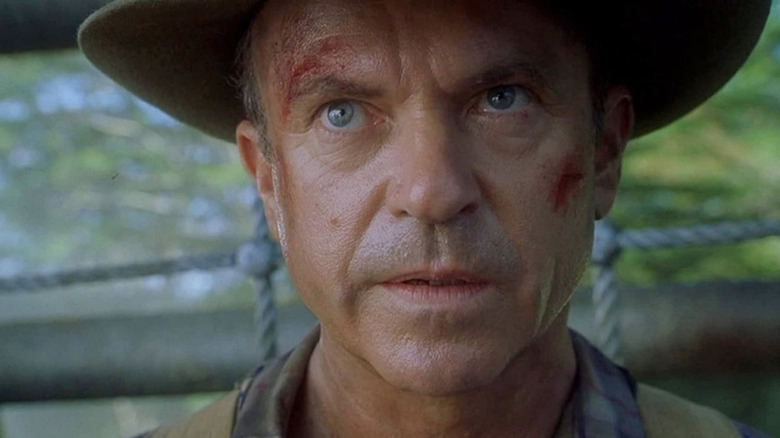








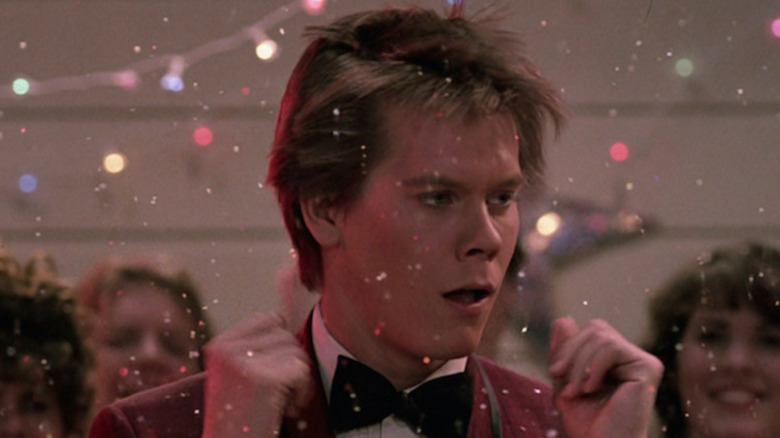


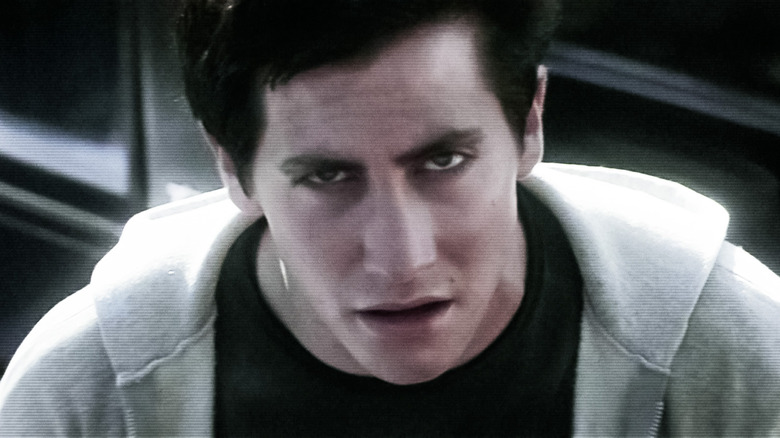
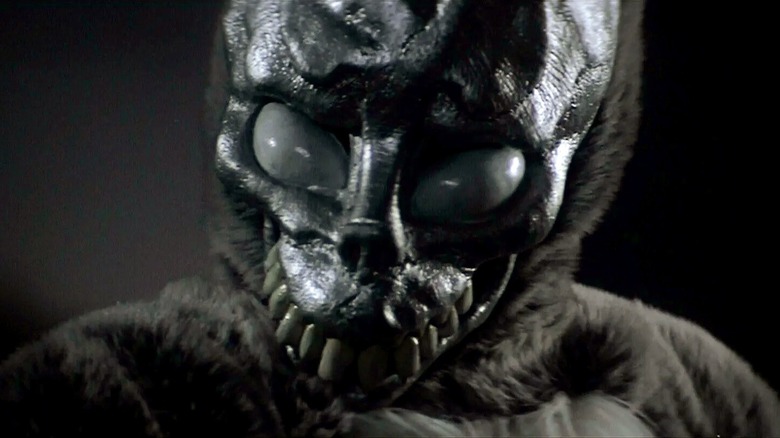
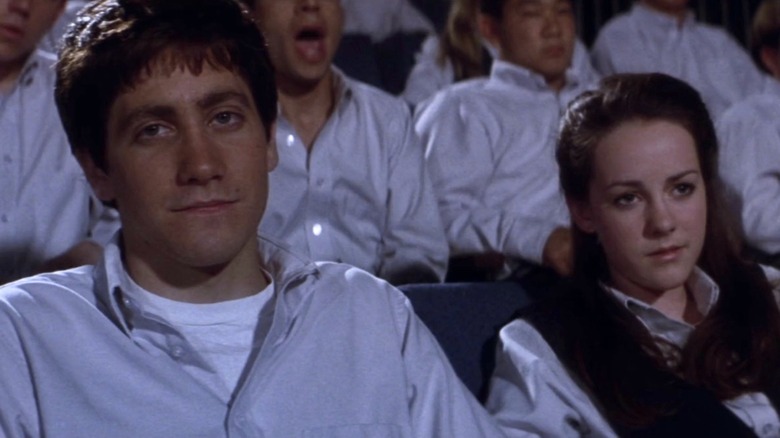
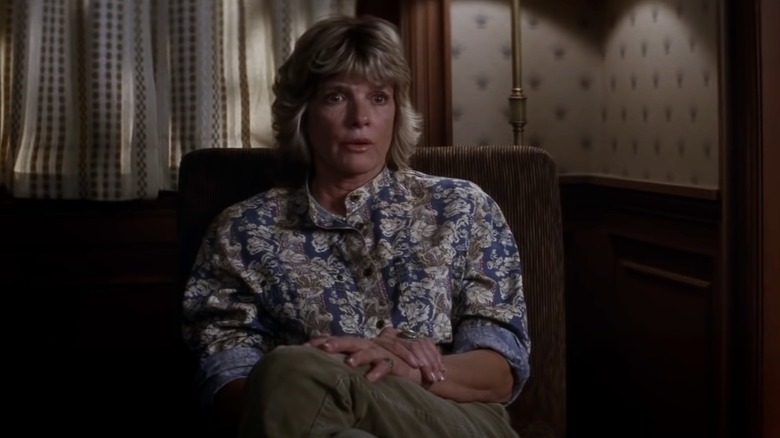
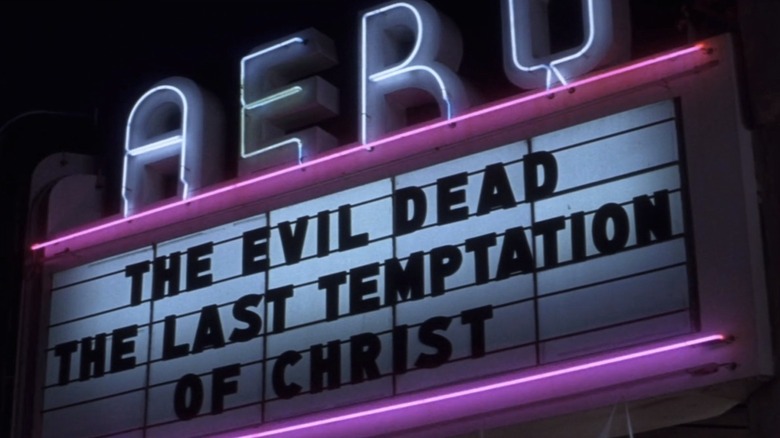
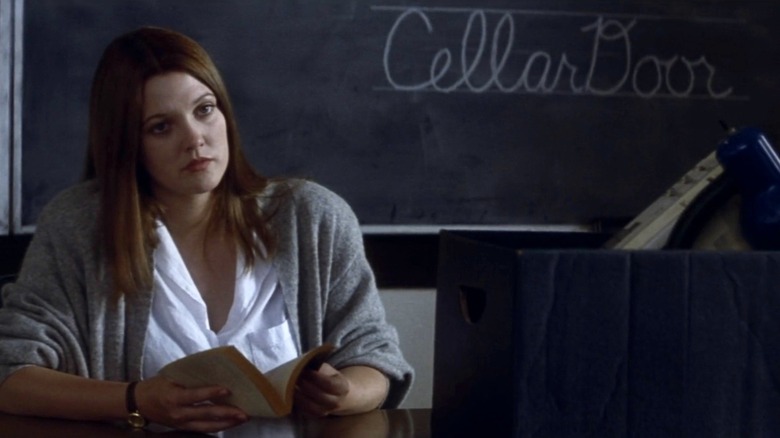
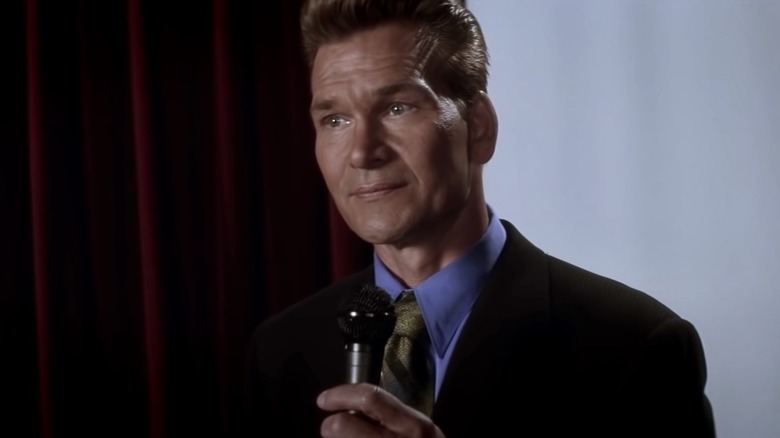

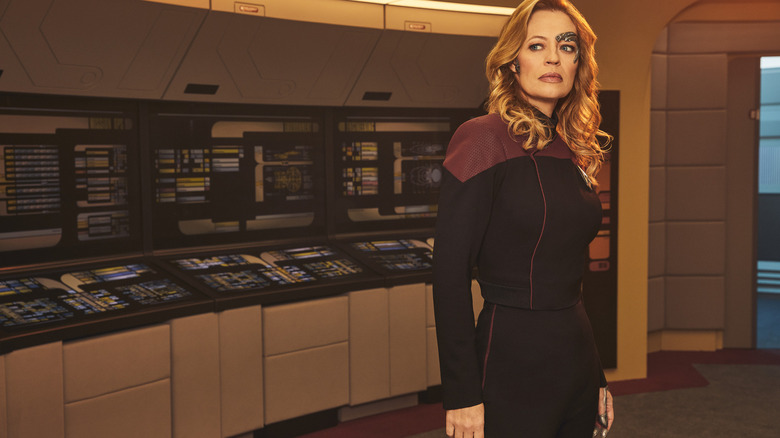
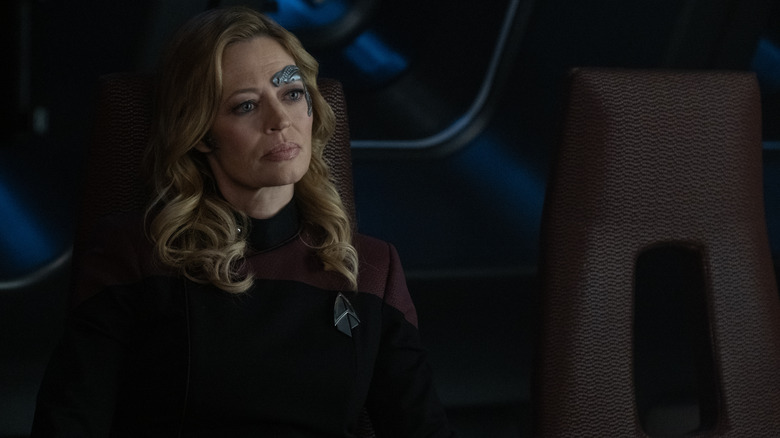

 Screenshot by Destructoid[/caption]
Screenshot by Destructoid[/caption] Image by Bethesda[/caption]
Image by Bethesda[/caption] Image by MobyGames[/caption]
Image by MobyGames[/caption] Image by Romero Games[/caption]
Image by Romero Games[/caption] Screenshot by Destructoid[/caption]
Screenshot by Destructoid[/caption] Image by Bethesda[/caption]
Image by Bethesda[/caption] Image by MobyGames[/caption]
Image by MobyGames[/caption] Image by Bethesda[/caption]
Image by Bethesda[/caption] Image by Bethesda[/caption]
Image by Bethesda[/caption]